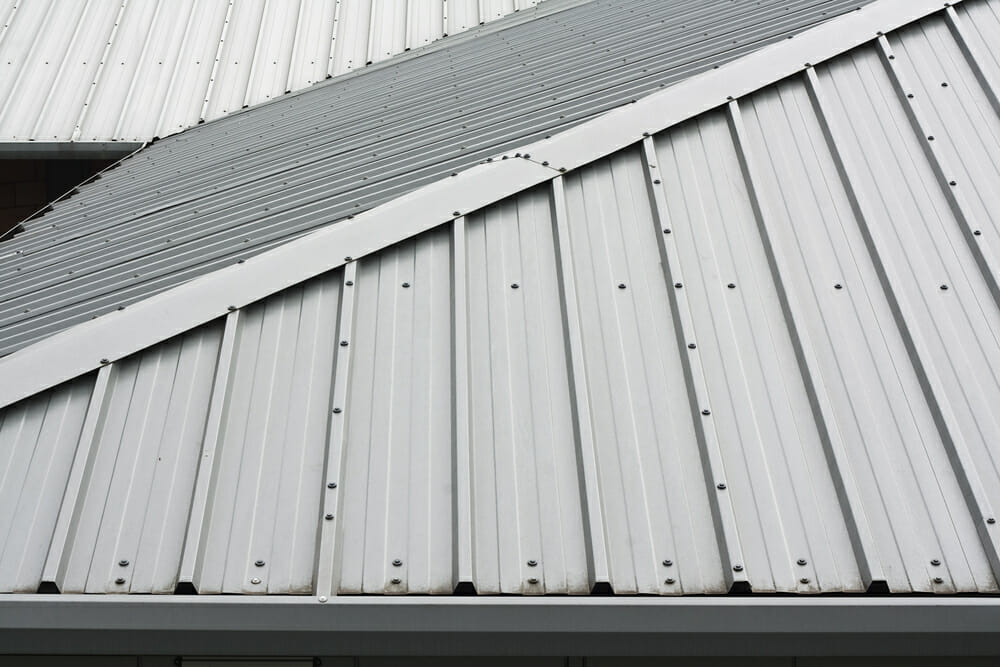The term ‘cladding’ alludes to parts that are connected to the essential structure of working to frame non-auxiliary, outer surfaces. This is instead of structures in which the outside surfaces are framed by basic components, for example, brickwork dividers, or connected surfaces.
While metal wall panels are by and large joined to the structure of the building, it commonly does not add to its solidness. Be that as it may, cladding plays an auxiliary part, exchanging wind loads, affect loads, snow burdens and its own self-weight back to the basic structure.

Specifically, wind causes positive and negative weight on the surface of structures and cladding must have adequate quality and solidness to oppose this heap, both as far as the kind of cladding chose and its associations back to the structure.
- Performance measures
Cladding is normally produced using wood, metal, plastic (vinyl), stonework or an expanding scope of composite materials. It can be appended straightforwardly to the casing or to a middle of the road layer of secures or spacers to anticipate build-up and permit water vapours to getaway.
Cladding frameworks incorporate level or vertical sheets, sheet materials or littler covering boards, for example, shingles and tiles. Every framework utilizes distinctive techniques to avert wind and rain entering through the joints, and every framework’s adequacy differs relying upon wind heading and speed and the level of introduction to rain.
- Appearance
The scope of surfaces, hues, styles and completes accessible implies that the tasteful result is restricted just by the fashioner’s creative energy, committee directions or extraordinary site conditions.
- Shading
Aside from stylish contemplations, the shade of outer cladding impacts its ability to ingest or reflect warm. In many atmospheres, it is desirable over utilize lighter hues or exclusive intelligent completions, particularly to roof.